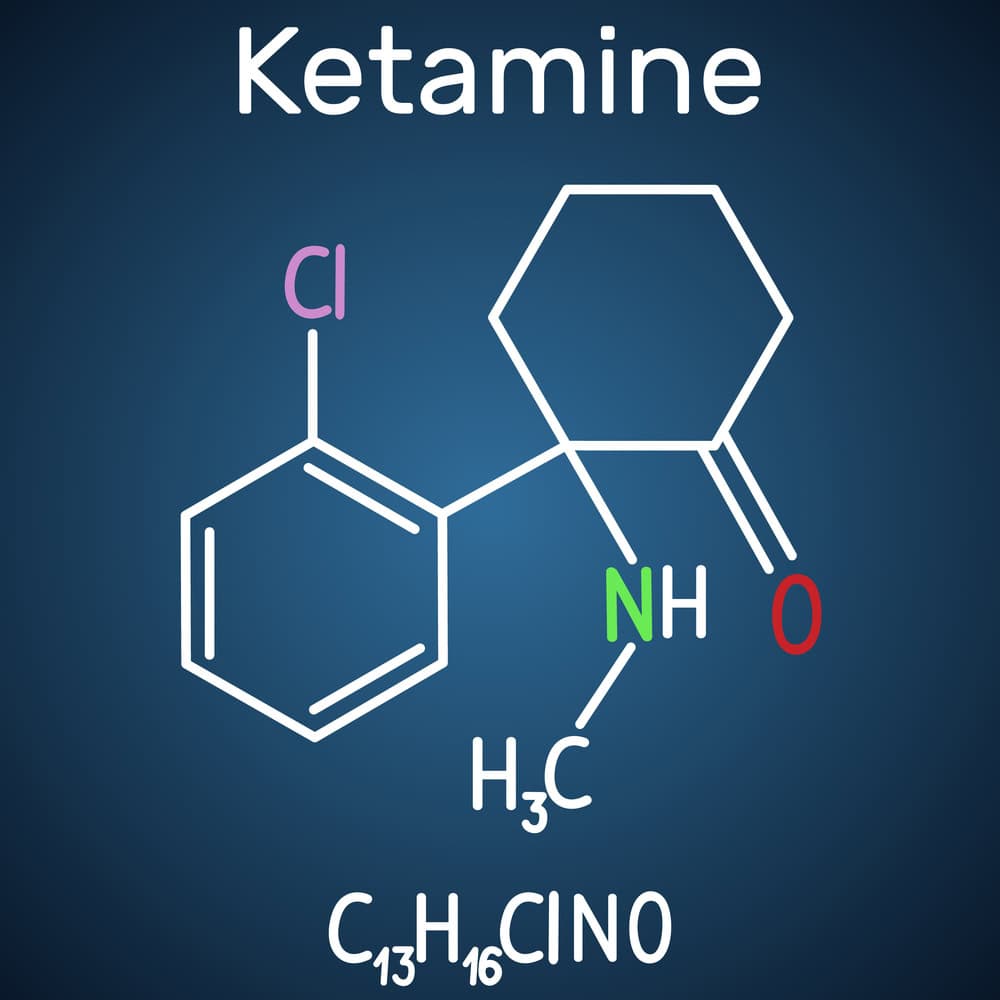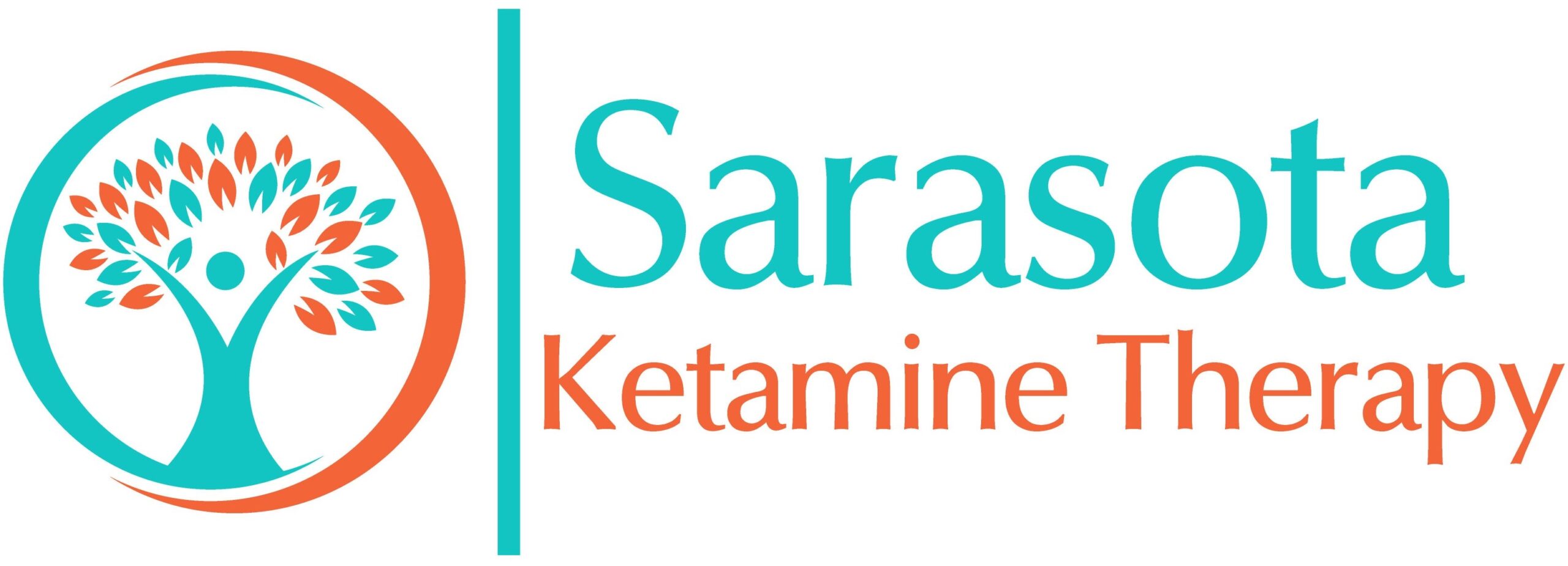What is Ketamine? Exploring Its Uses, Effects, and Controversies

What is Ketamine? Exploring Its Uses, Effects, and Controversies
Ketamine is a medication that has been used in various medical and psychiatric settings for decades. Known for its anesthetic properties, it has gained attention in recent years for its potential as a treatment for depression and other mental health disorders. Despite its effectiveness in certain medical contexts, ketamine also has a controversial reputation due to its abuse potential and history of misuse. This blog post will explore what ketamine is, its uses, effects, and the controversies surrounding it.
What is Ketamine?
Ketamine is a dissociative anesthetic, a type of drug that distorts perceptions of sight and sound, leading to a sense of detachment from the environment and the self. It was first synthesized in the 1960s and approved for use as an anesthetic in humans by the FDA in 1970. Ketamine’s primary role in the medical field is as a general anesthetic, particularly in emergency situations or for short-term procedures, because it has a rapid onset and doesn’t depress breathing or heart function as much as other anesthetics.
It is classified as a Schedule III controlled substance in the United States, meaning it has a recognized medical use but also a potential for abuse. Ketamine is commonly administered via injection, though it can also be found in nasal spray form or as a powder that can be inhaled.
How Does Ketamine Work?
Ketamine works by interacting with a neurotransmitter in the brain called glutamate. Glutamate plays a crucial role in excitatory signaling and is involved in many processes, including cognition, learning, and memory. Ketamine blocks a specific receptor for glutamate called the NMDA (N-Methyl-D-Aspartate) receptor. By doing so, ketamine reduces the excitability of certain brain circuits and causes the dissociative, anesthetic, and even psychedelic effects that are often reported by users.
In addition to its effects on NMDA receptors, ketamine also influences other neurotransmitter systems, including those related to dopamine and serotonin. These actions contribute to its complex effects on the brain and body, which can vary depending on the dose and method of administration.
Medical Uses of Ketamine
Ketamine has several important medical uses, particularly in the fields of anesthesia and pain management. Below are the primary medical applications of ketamine:
- Anesthesia: As mentioned earlier, ketamine is commonly used in medical settings as an anesthetic. It induces a trance-like state while preserving reflexes and maintaining stable heart and lung function. For this reason, ketamine is often used in emergency situations, especially in trauma patients who may need quick, effective sedation.
- Pain Management: Ketamine has analgesic (pain-relieving) properties and is sometimes used in managing chronic pain, especially when other pain management strategies have failed. It is sometimes used in combination with other medications to help control severe or long-term pain.
- Depression Treatment: One of the most exciting recent developments in the use of ketamine is its potential for treating depression, especially treatment-resistant depression. Research has shown that ketamine can have rapid antidepressant effects, often within hours of administration. This makes it particularly valuable for individuals who have not responded to traditional antidepressants.
- Ketamine Infusions for Depression: Administered in lower doses in controlled medical settings, ketamine has been shown to relieve symptoms of major depressive disorder (MDD), bipolar depression, and even suicidal ideation. While the precise mechanisms are still being studied, ketamine’s ability to promote synaptic plasticity (the ability of synapses to strengthen or weaken over time) and improve neural connectivity is thought to play a key role in its antidepressant effects.
- Post-Traumatic Stress Disorder (PTSD): Ketamine has also been explored as a potential treatment for PTSD, with promising results in some studies. The dissociative and hallucinogenic properties of the drug may allow individuals to revisit traumatic experiences in a more detached and manageable way, which can aid in processing and healing.
- Sedation in Pediatric and Veterinary Medicine: Ketamine is also used in pediatric anesthesia and veterinary medicine because of its safety profile and ability to induce sedation without compromising vital functions.
The Controversy: Abuse and Recreational Use
While ketamine has legitimate medical applications, it has also gained notoriety as a recreational drug. When used outside of a medical setting, ketamine can produce intense, dissociative effects that some individuals find pleasurable. These effects can include hallucinations, a sense of floating or out-of-body experiences, and a distorted perception of time and space.
Ketamine has been popularized in certain party and club scenes under street names like “Special K” or simply “K.” At higher doses, the drug can lead to a “K-hole,” a term used to describe an overwhelming, dissociative state that can be frightening or disorienting. As a result of its potential for abuse, ketamine is classified as a controlled substance in many countries.
The recreational use of ketamine can lead to several negative side effects, including:
- Cognitive and memory issues: Long-term use of ketamine can impair memory and cognitive function, particularly when abused at high doses.
- Bladder problems: Chronic use of ketamine has been linked to severe bladder and urinary tract issues, including pain, incontinence, and in some cases, irreversible damage to the bladder.
- Addiction: Although ketamine is not as physically addictive as some other substances, individuals can still develop a psychological dependence on the drug, especially when used regularly for recreational purposes.
The Promise and Potential of Ketamine in Psychiatry
In recent years, ketamine has been gaining traction as a potential treatment for various psychiatric conditions, particularly those that are resistant to traditional therapies. The rapid antidepressant effects of ketamine have spurred further research into its use for depression, anxiety, PTSD, and other mood disorders.
- Ketamine as a Rapid-Acting Antidepressant: Unlike traditional antidepressants, which often take weeks to show effects, ketamine can provide relief from depression in as little as a few hours. This has led to its use in clinical settings as an option for individuals in crisis or those who are suicidal. Some studies have suggested that ketamine may even help prevent suicides by quickly improving mood and restoring a sense of hope.
- Psilocybin and MDMA Research: Ketamine’s success in treating mental health issues has also led to increased interest in other psychedelics, such as psilocybin (the active ingredient in magic mushrooms) and MDMA (commonly known as ecstasy). These substances are being studied for their potential therapeutic uses in treating PTSD, anxiety, and depression.
Conclusion
Ketamine is a fascinating and complex drug with a wide range of applications in medicine, particularly in anesthesia and mental health treatment. While it has been used for decades in the medical field, its recent potential as a treatment for depression and other psychiatric disorders has garnered significant attention.
However, ketamine’s abuse potential and associated risks cannot be ignored. The drug has a history of recreational use and can lead to physical and psychological dependence if misused. Despite this, ongoing research into its therapeutic uses may offer new hope for individuals suffering from chronic mental health conditions, particularly those who have not found relief through traditional treatments.
As more studies are conducted and more is understood about the mechanisms behind ketamine’s effects, it is likely that its role in medicine and psychiatry will continue to evolve. But, as with any powerful substance, its use must be carefully controlled and monitored to ensure the benefits outweigh the risks.
